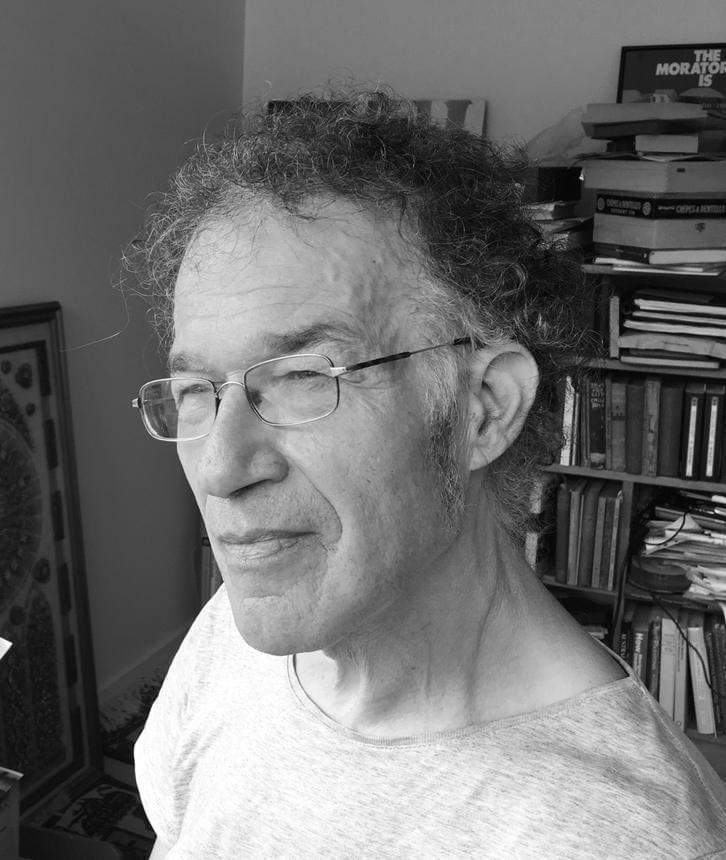Two Afternoons in the Kabul Stadium: A History of Afghanistan Through Clothes, Carpets and the Camera
Tim Bonyhady
From the complete coverage of chadaris to mini-skirts, and back again. From ancient carpet designs to woven depictions of tanks and Kalashnikovs. From photographs of unveiled women to an image of horror—the execution of a kneeling woman known as Zarmeena, videoed covertly by one of the few watching women. This remarkable book provides a history of Afghanistan through the visual.
The Kabul Stadium looms large because it was there, one afternoon in August 1959, that women first appeared in western dress at a celebration of Afghanistan’s independence—a turning point, not only for women in Afghanistan’s cities but also for the country itself, symbolising its embrace of the modern. It was also there, one afternoon in November 1999, that the Taliban killed Zarmeena.
Two Afternoons in the Kabul Stadium offers both a new way of seeing Afghanistan and a new way of understanding it.
Tim Bonyhady’s books include the award-winning Good Living Street, The Colonial Earth and The Enchantment of the Long-haired Rat. He has curated two landmark exhibitions of Afghan war rugs.
Read an extract at The Conversation
INTERVIEWS and REVIEWS
ABC Radio Adelaide: Evenings (1:34:00)
ABC Radio National: The Drawing Room
ABC Radio Sydney: Afternoons (1:08:00)
ArtsHub
Australian Book Review
Canberra Times
Inside Story
Northern Rivers Doctors Network
Sydney Morning Herald (op-ed)
Weekend Australian ($)
andTwo Afternoons in the Kabul Stadium
‘Bonyhady crafts his history through a forensic analysis of detailed sources’
‘[A]s Bonyhady’s highly engaging new book eloquently demonstrates, the rat and its history offer a fascinating lens through which to examine the history of the Australian environment and the catastrophic human and environmental impact of European invasion…[a] fascinating and often profound book’
‘This book is environmental history writing at its best’
‘Barbarism and textiles, miniskirts and chadaris. Historian Tim Bonyhady has fashioned these and countless other ingredients into an intriguing account of Afghanistan’s fiendishly complex cultural and political wars in which a leader’s choice of hat relays coded messages, and a photograph can be every bit as dangerous as a landmine.’
‘Fascinating…the whole book reminds us of the pervasive instincts of bigotry, oppression and violence that have repeatedly frustrated reforms, including those of the communists which provoked civil war.’
‘This is an impressive work of scholarship; [Bonyhady] seems to know everything about the visual history of Afghanistan.’
‘By looking through clothes, carpets and the camera (his subtitle), Bonyhady brings a lens to Afghanistan, sometimes wide-angled, often intensely individualising…In a world dominated by images, we will need books like this to help us unpack their meaning, to arm us against their seductions, and perhaps prompt rejoicing when they embody integrity and hope.’
‘Bonyhady offers detailed insights into a poorly understood country that is far more complex than generally appreciated.’






